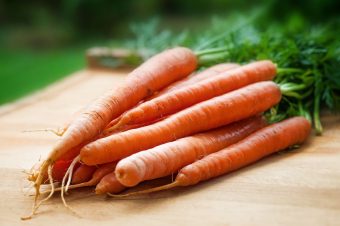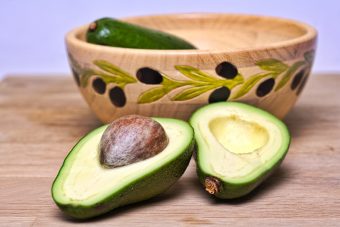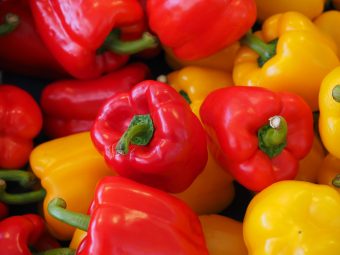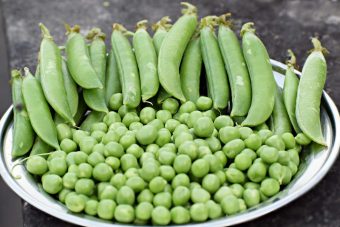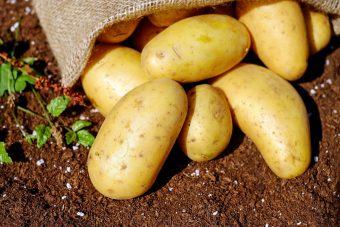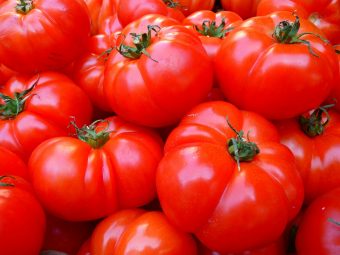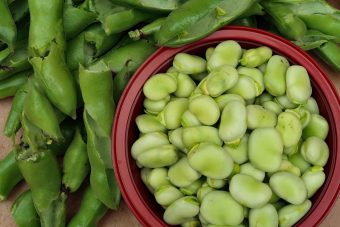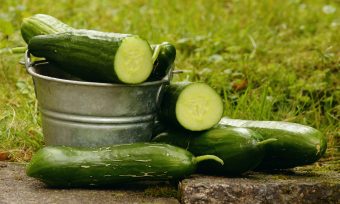Cretan Vegetables by Season
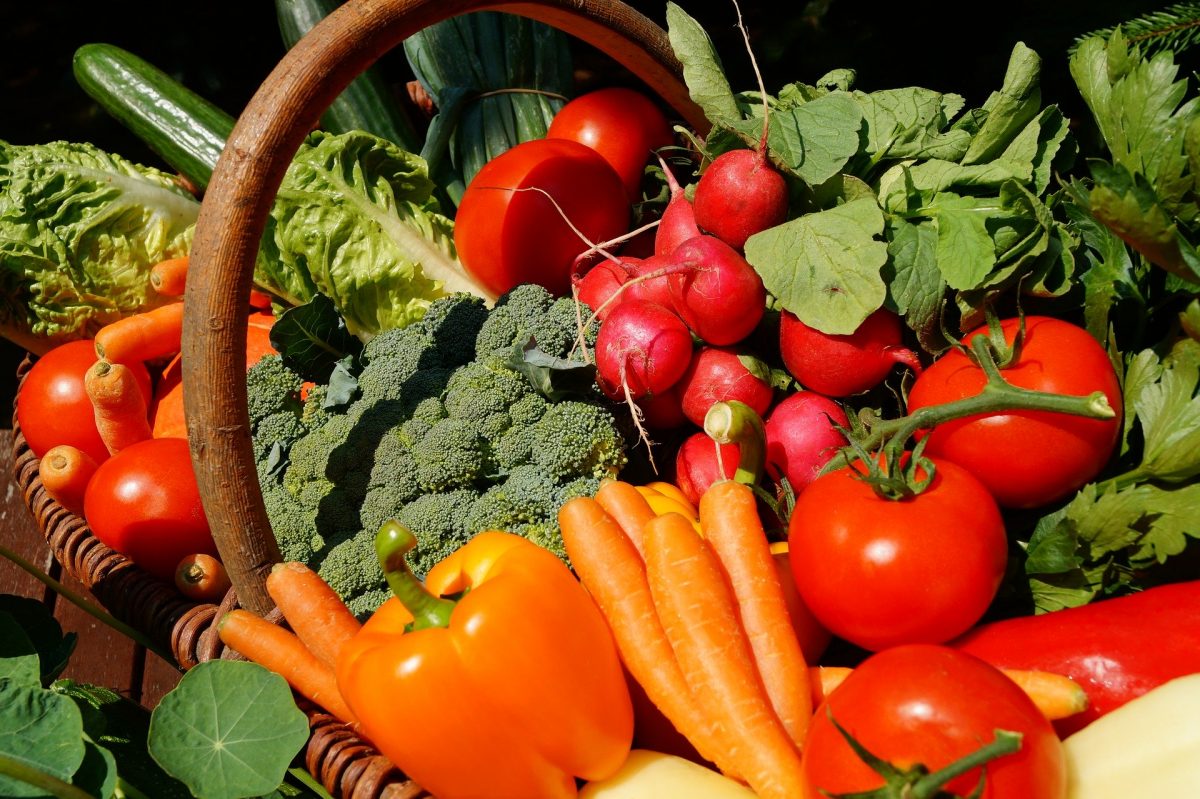
This article aims to introduce Cretan vegetables according to the season they grow in. Each season has its vegetables and for this reason, Cretans use different vegetables for their dishes all year.
Studies show that Cretans love their veggies, perhaps more than other nations of the world. They consume the largest quantities of fruit and vegetables in the western world. As if that is not impressive enough, they eat three times more fruit and vegetables than other Europeans.
It is no secret that vegetables are a source of healthy elements. It is very beneficial to have a plant-based diet, as they provide plenty of vitamins and nutrients. Furthermore, the human body needs to absorb sufficient amounts of vitamins and nutrients as it will make our organisms stronger. Also, veggies help with the function of the digestive system and for metabolism. For example, vitamin B12 is necessary for the production of blood. Luckily, due to the properties of the Cretan soil, the vegetables contain a healthy amount of necessary unsaturated fatty acids. This factor contributes to the prevention of cardiovascular disease.
Cretans, just like the rest of the Greeks, cook according to which vegetable is in season. As a result, the Cretan cuisine is nutritional as the ingredients are fresh and pure.
Let’s jump into it and find out which tasty veggie belongs to which season!
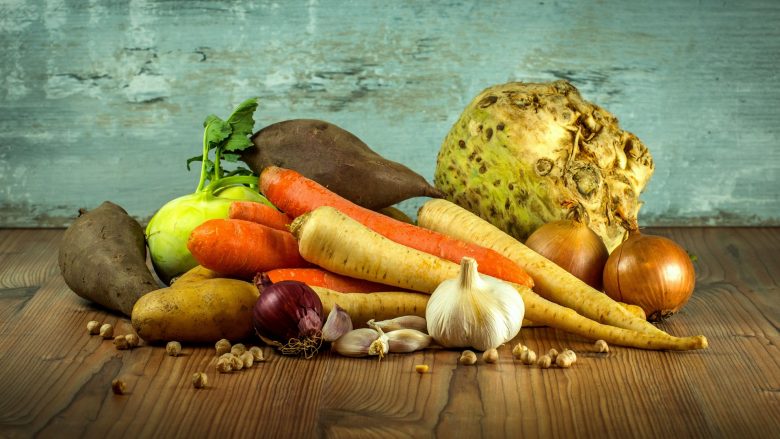
Winter
Winters in Crete are mild hence why vegetables grow through December and February. It is reasonable to say that Crete has a similar climate to the South of Spain and Cyrpus. This makes Crete a wonderful winter destination, however, it is not as warm to go to the beach. December tends to be mild making January and February the coldest months of the year. Nevertheless, there are some marvelous warm sunny days as well.
December
Numerous vegetables are ripe in the cold month of December. For instance, carrots, potatoes, broccoli, beets, celery, cauliflower, spinach, cabbage, leeks, and romaine. Although avocado is technically a fruit, just like the tomato, we add it to the veggie list that ripens in December.
January & February:
The above vegetables remain in their prime through most of January and February. Perhaps we should add artichokes, endive, and rutabaga to the list of veggies that are ripe in February. Olives are slightly tricky as they fully mature in January, however, you harvest them in October.
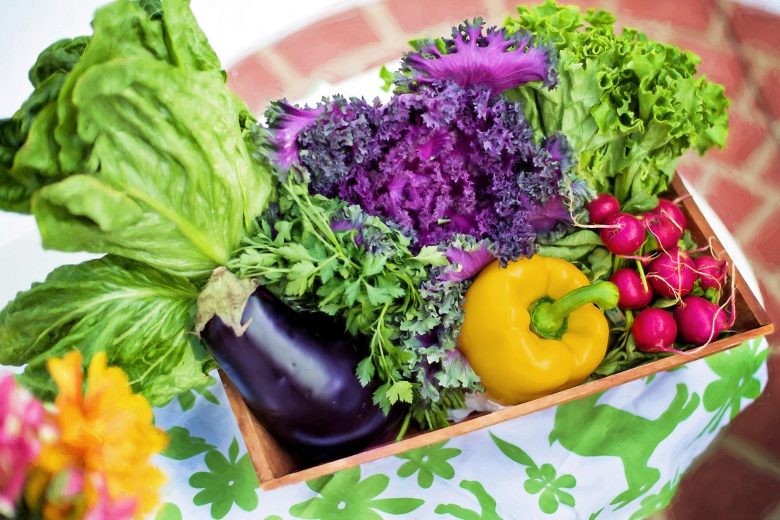
Spring
Spring is an outstanding season to visit the glorious island of Crete. With warm weather becoming more constant, the flora is blossoming and the colors are so vivid. Along with that, we can identify the change in the dishes as the spring veggies are riping. The temperature and the climate are advantageous for the vegetables with April being the queen of Spring!
March & April:
Most of the vegetables that are ripe in February are still good in March. Such vegetables are peas and asparagus. We could say that the same applies to April, nevertheless, we can see that more veggies are on the list. In particular, fava beans, zucchini, green onions, and rutabaga.
May:
The month of May marks the end of the prime season of asparagus and broccoli. Nevertheless, numerous tasty veggies are sprucing out, for instance, beans, peppers, radishes, eggplant, cucumbers, and fennel leaves.
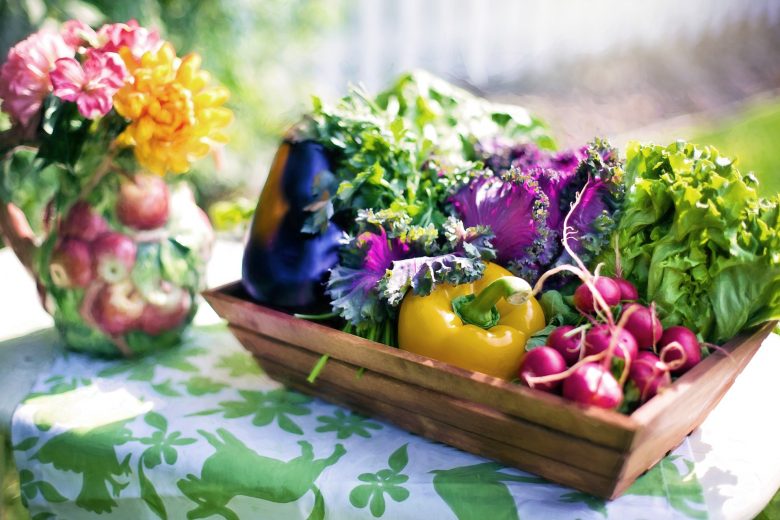
Summer
Summer is here with June and Crete does not hold back. Mother Nature has gifted this island with such spectacular climate and soil that we adore summer plates. The temperatures are high and it is almost always sunny with beautiful brilliant blue skies.
June:
The ideal month for several vegetables. Potatoes, eggplant, beans, garlic, green onions, peppers, radishes, spinach, tomatoes, to name a few. Zucchini is still good, hence the delicious dishes that are zucchini and eggplant based.
July & August:
The most important month for summer squash and okra. The high temperatures of these months do not allow for many crops to grow. Nevertheless, we still have amazing veggies to enrich the summer refreshing dishes.
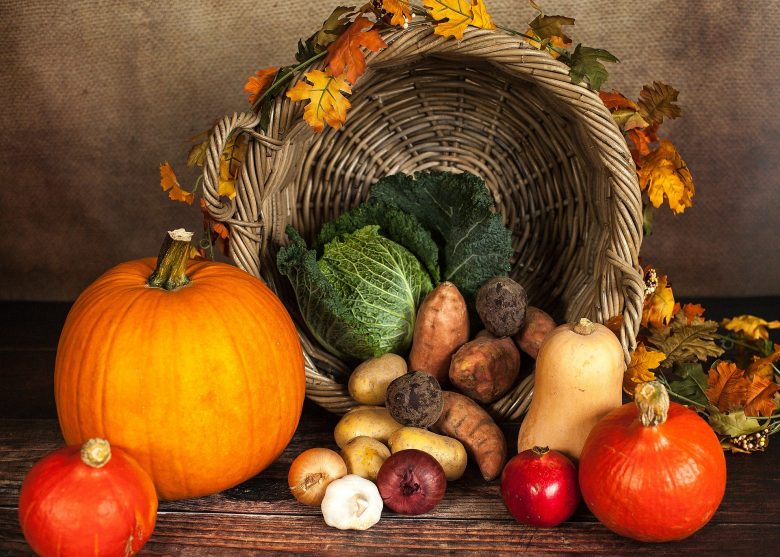
Autumn
Autumn in Crete is a prolonged summer, especially in September. The weather is still very warm and dry, making it perfect to swim during the day, however, it is wise to bring a light jacket for the evening chill. The summer meltemia winds die down in autumn but the days are shorter. This is especially visible in October, however, the sea is still calm and the temperature is still mild. Perhaps the epitome of autumn is November, where there is some rainfall and the temperature begins to drop.
September:
Early autumn is when the traditional harvest season begins. By September there are still plenty of vegetables to consume, such as tomatoes, potatoes, root onions, eggplant, okra, and zucchini is perhaps at its ripest point.
October & November:
We can observe that the situation picks up again in October when cucumbers begin to ripe again. Although it is the end of the season for vlita, fresh and dried beans, root onions, peppers, tomatoes, dill, and radishes are sprucing again. This helps enhance the taste of the fall dishes.
Elissos all season round!
At Elissos we design amazing experiences that take advantage of Crete’s organic ingredients. For this reason, we present you with cooking classes that use fresh vegetables for each season. Our expert local chefs are able to create mouthwatering dishes with seasonal veggies, suitable for vegans and vegetarians. Participate in one of the activities that will broaden your culinary horizons and enjoy your tasty recipes!

